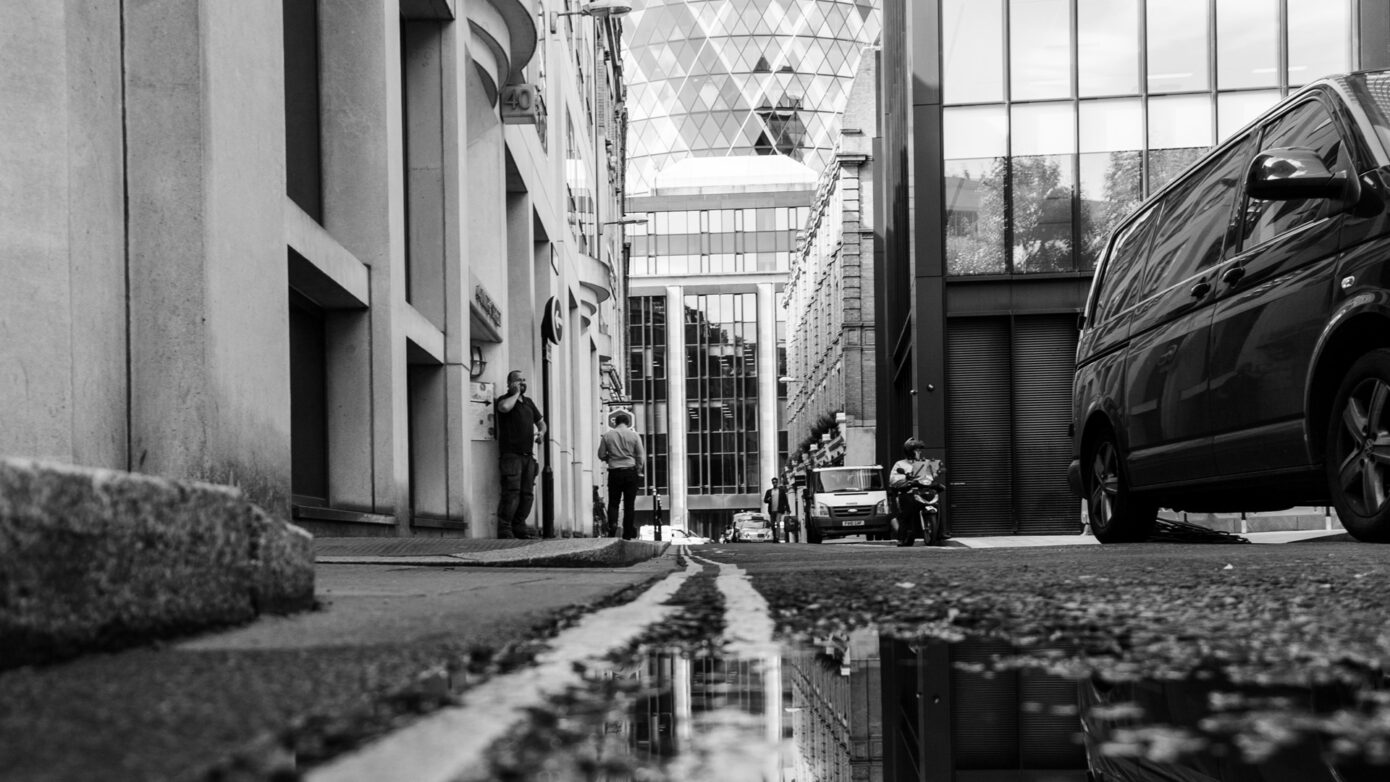All insurance entrepreneurs face challenges, but for black people who want to start their own businesses, they confront some extra barriers. They’re not insurmountable, but they can make entrepreneurship a lot more daunting path.
First, around 40% of black people in the UK live in social housing and black household savings in the UK, are on average 20p in the pound vs white households. That means that whilst there are some exceptions across the diaspora, most black families are unable to provide a financial safety net to sons and daughters wanting to take business risks.
The commercial safety net has big holes, too. When potential investors ask ‘have you done it before’, we usually have to answer ‘no’. That’s because as just a quick glance at the industry press will show, the same people ride an entrepreneurial conveyor belt (start a business, move on, start another), but very few black people are on it, so it’s harder for us to start, let alone restart.
Without family finance or enough leaders of sufficient influence to soften the landing if we fail, we have to take a huge leap of faith to get started. Plus, culturally it seems fair to suggest that our relationship to failure is different. In the white world, it’s just part of the learning curve. With the added challenge of building a career whilst helping our families to rise socio-economically, there are often more people relying on us from the outset, and therefore we often cannot take the risk of a second disappointment.
Second, unwritten restrictions prevent us from running core, age-old industries, including insurance. The market is no longer an exclusive ‘old boys club’ (although some of that remains), but budgets are tighter and strategic objectives are narrower. That makes job candidates with the gentlest social learning curve or the shortest distance to revenue more attractive, which combined with unconscious biases can make it harder for black people to move to the very top. Since the C-Suite is the best place to spin out a new business, the glass ceiling can be a real entrepreneurial barrier.
Third, we’re often stuck because we lack confidence. If we do sit in the middle management of a Clifford Chance, an EY, a Marsh, Zurich, or another insurance-market leader, our ability will be clear to the senior leaders and even to potential investors, but sadly not necessarily to ourselves. Lower collective confidence is the principal problem we face as black entrepreneurs. It is much harder to be what you can’t see. Therefore with so many of us trying so hard to prove to our families, our neighbourhoods, our peers – even society as a whole, that we can get to the top of established organisations. Starting our own ventures and nurturing them until they can compete with the big names seems like too much of a leap.
On the positive side, we’ve begun to gain some advantages. For one, society is waking up to the power of the black pound. We have seen it in Michael Jordan’s 20 years of success, and in many other areas of popular culture. It might not always feel true, but our diaspora is now seen as a valuable, untapped resource. A positive step post George Floyd is that most companies have put black talent in their growth plans: for big business, black is an opportunity.
Meanwhile society as a whole is experiencing a fascinating democratisation of the road to success, as the internet shortens the route to customers. For example, it’s possible to launch a social media business or monetise a community of followers on Tik Tok or Instagram, LinkedIn or Facebook. And we have some advantages to exploit in those in virtual spaces: because as a diaspora we are driving
the world’s creative culture in sport, fashion, and music. Insurance distribution is yet to penetrate these tools and we can lead the charge.
We simply must break the established moulds and I have three suggestions to help us to gain an entrepreneurial foothold and build scale over time.
1. Partnerships and networks are critical in the globalised world, you don’t have to do it on your own. Use the ACIN to reach out to people like me, RATL, colleagues around the world, who already hold senior positions and let’s work together. Black ownership must be the new destination for black excellence, so we will be generous with our time, connections and resources, using them to help you build organisations from the ground up. We recognise the issues and want to help you succeed.
2. Understand where the work really is. Our parents taught us to work twice as hard and we’d be halfway to success. Commercial intelligence is a big part of the other half. Identify the decisionmakers in your firms, the individuals who really drive the opportunities, then get close to them. It’s about working smarter, as well as harder whilst maintaining the goal of leading independently in the future.
3. Finally, black people in our industry need to be way more ambitious. We need to think lightyears ahead. I know we may have generational or societal norms and glass ceilings that may hold us back right now, but the time has never been better to strike out. I aspire to a time when plenty of black kids will come out of school thinking that rather than just joining the conveyor belt to the glass ceiling. They will be leading their own business by the time they are 25 and, whilst it’s not for going to be a route for everyone, I believe that if in the next few years we can replace a workers mentality with a founders mentality, the impact will be seismic!
By Leon Walker, Senior Director at AdvantageGo




